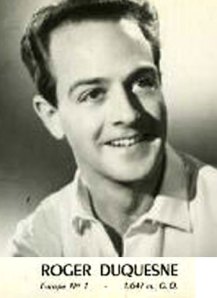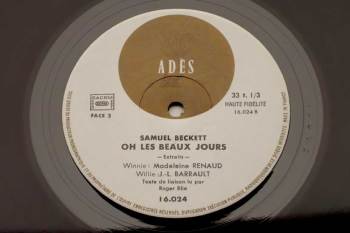The Byrd Hoffman School of Byrds was an artist community living and rehearsing in a disused, three storeys warehouse on 147 Spring St, NYC in Lower Manhattan, with a performance space on the ground floor. The School was formed by painter, contemporary artist and stage designer Robert Wilson, born in Waco, Texas in 1941, and named after Texan dancer Byrd Hoffmann, who cured Wilson from a stammer in 1958. Wilson moved to New York in 1961 to study at Brooklyn’s Pratt Institute and with choreographers George Balanchine and Merce Cunningham. In 1968, he adopted deaf-mute African American boy Raymond Andrews and, in the early 1970s, autistic teenager Christopher Knowles, born 1959 in New York. In 1968, with these people and other disabled people he met in the streets or Harlem public hospitals, Wilson formed The Byrd Hoffman School of Byrds. The troupe was active between 1968 and 1975, producing several ground-breaking plays like The King of Spain or The Life and Times of Sigmund Freud (a 12-hour play), both in 1969, the legendary “silent opera” Deafman Glance in 1971, and the 7-days play KA Moutain and GUARDENIA TERRACE in 1972. In 1975, Wilson started collaborating with Philip Glass to the stage design of Einstein on the Beach, premiered 1976, and The School of Byrds was turned into a foundation.
Produced in 1973, The Life and Times of Joseph Stalin incorporates scenes from previous plays as well as new material. You can see photos of the production on Robert Wilson’s website. The opera lasted 14 hours – the premiere at Brooklyn Academy of Music started at 7pm and ended at 9am the next morning. Allen Ginsberg claimed to be one of the three spectators who stayed for the entire night. Ginsberg and Wilson would later collaborate on Cosmopolitan Greetings (source).
♫ Bob Wilson’s plays of the 1970s are famous for their extended periods of silence, but this self-released LP, collecting sound excerpts from The Life and Times of Joseph Stalin, focuses on the various voices and personalities taking part in the play, while also presenting interviews and incidental music. The cast includes a number of disabled people in addition to the aforementioned autistic kids, plus interviews conducted in NY hospitals. Some voices are submitted to sound treatment, like the proto-plunderphonic #7 Times ; #8 An and #16 Opera are country songs with shouts ; #6 Cave is a piano solo and #14 Stalin is a violin solo. There is no obvious plot, rather an amalgamation of incongruous shouts, impenetrable speech and strident yelling. Coming in plain white cover without information, this is an extremely unusual record, one of the most radical artifacts in the Broken Music catalogue. To this day, it still defies comprehension and what we deem acceptable as theater.
01 The (2:44)
02 Beach (3:33)
03 Life (:50)
04 Drawing Room (2:20)
05 And (2:03)
06 Cave (4:04)
07 Times (2:54)
08 An (2:54)
09 Forest (3:18)
10 Of (3:15)
11 Temple (1:10)
12 Joseph (4:13)
13 Bedroom (2:02)
14 Stalin (3:15)
15 Planet (:20)
16 Opera (4:52)
Total time 43:40
Self-released LP, NYC, USA, 1973?
* *
*











































